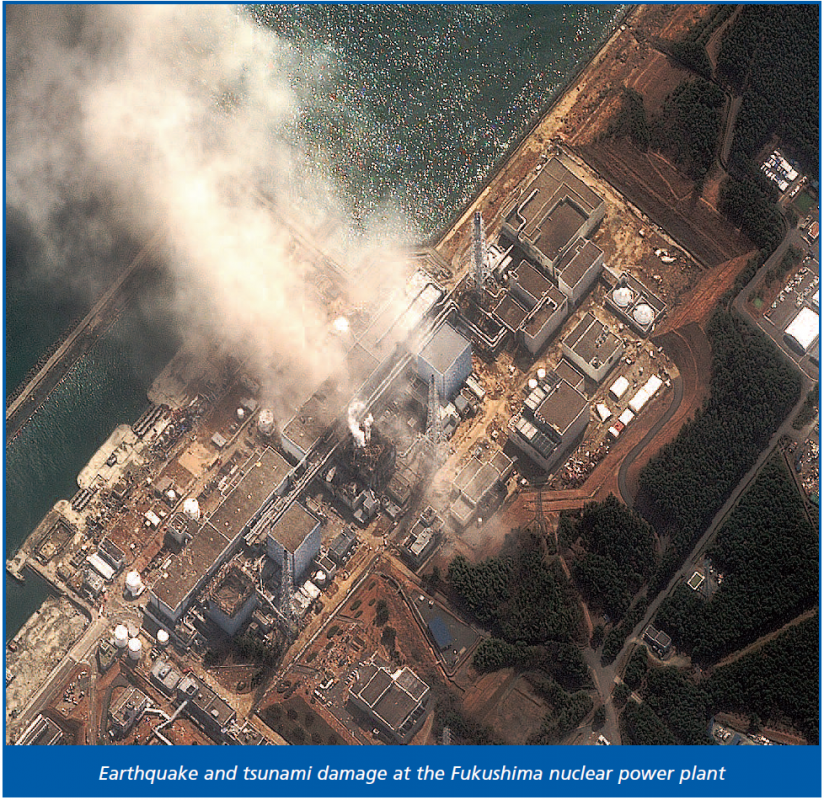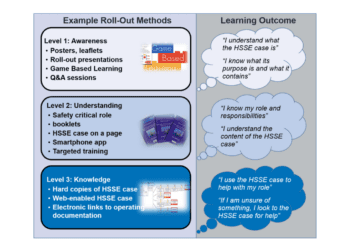State of emergency – The challenge of responding to extreme events

The recent events at the Fukushima Daiichi nuclear power plant in Japan have caused the international nuclear community to review their approach to extreme events [e.g. Ref 1] and, in particular, emergency preparedness.
On the 11th March 2011, having survived a powerful Magnitude 9 earthquake, the nuclear reactors were shut down safely only to find post-trip reactor cooling compromised by the 14 metre tsunami that hit the site about one hour later. With the unprecedented destruction to the plant and surrounding infrastructure, the loss of off-site and on-site power led to loss of cooling and core meltdown. Over the next week or so, cooling water was injected into reactors by previously untried and unplanned means. Electrical supplies were gradually re-established and uncontrolled radioactive discharges were eventually brought under control.
EMERGING LESSONS
As the international community continues to investigate this event, the lessons emerging relate to:
- Underestimating the likelihood of extreme events.
- The lack of emergency preparedness for such extreme events.
- The added difficulty in the command, control and coordination of emergency response in the aftermath of extreme events, including availability of off-site equipment and resources.
- The need to ensure the welfare of emergency response personnel, as well as the nearby public.
- The importance of full, clear and timely public communication.
However, it is the culture of the plant personnel and emergency services in the face of an extreme emergency that, perhaps, gives the most food for thought. The fact that there has not yet been a single fatality directly attributed to the Fukushima nuclear accident is a testament to the exemplary response of the people involved, who were highly resourceful and dedicated.
Whether this was influenced by Japanese culture or not, it highlights the need for the international community to improve the understanding of human behaviour under such stressful conditions, and test the capability of the local and wider organisations to respond. Considerations include:
- The ability of site personnel to deal both physically and emotionally with the developing situation, and act quickly and decisively in view of the potential devastation at the plant.
- The extent of knowledge, skills and training necessary to respond rationally to unforeseen events without outside expert advice.
- The effect of a reduced number of personnel on-site at night and weekends.
- The willingness of personnel from the site and emergency services to work within the radiation exclusion zone.
- Whether additional on-site or nearby emergency equipment should be available.
CONCLUSION
Extreme natural events will happen. Such events do not differentiate between developed or emerging nations and the consequences do not respect plant, regional or national boundaries. In spite of unforeseen devastation and intense scrutiny from the rest of world, the Japanese nation succeeded in providing effective leadership and resources to limit the consequences of the Fukushima nuclear accident. Is the rest of the world prepared to deal with such an extreme event?
References
1. ONR, Japanese Earthquake and Tsunami: Implications for the UK Nuclear Industry, Interim Report, May 2011.
This article first appeared in RISKworld Issue 20








